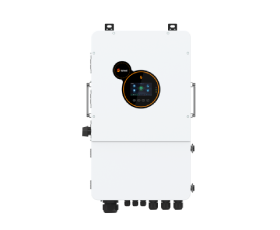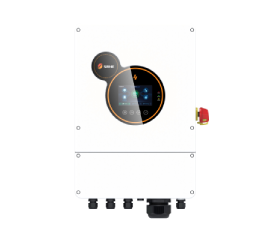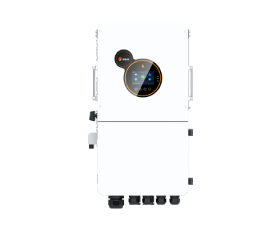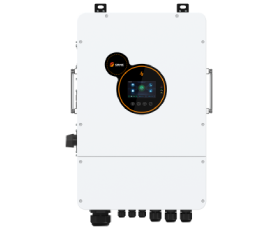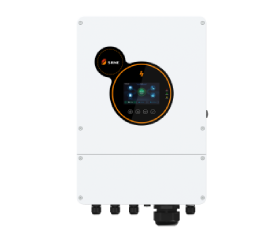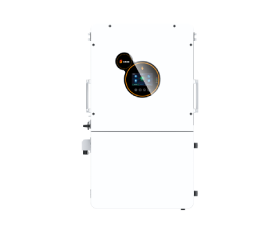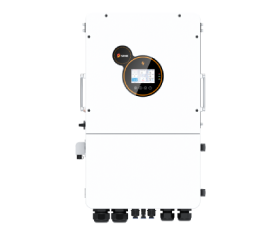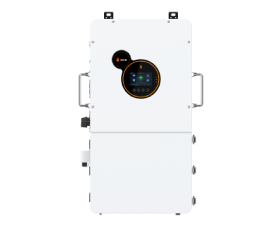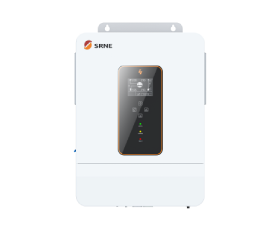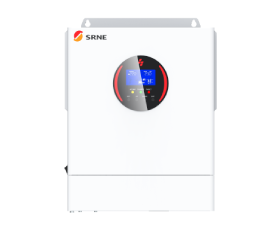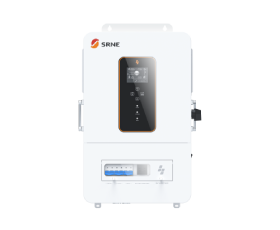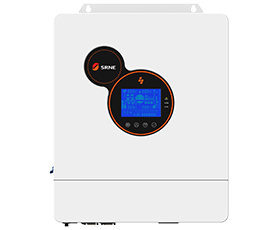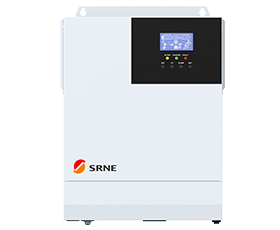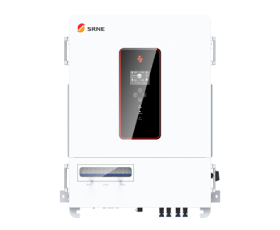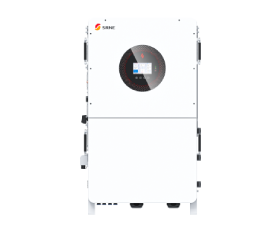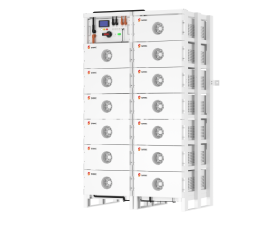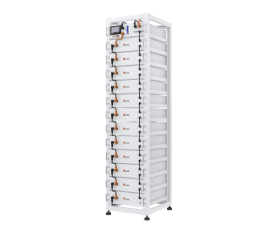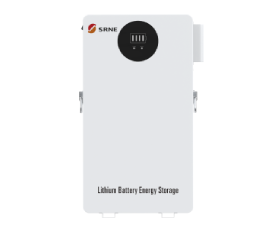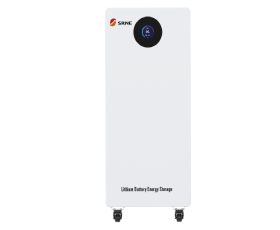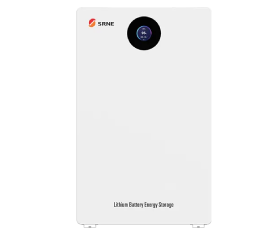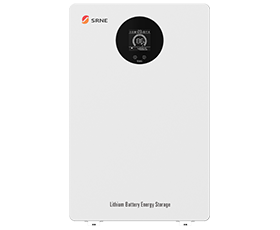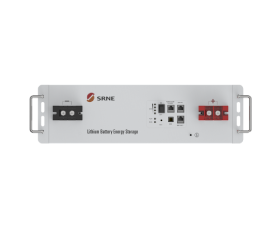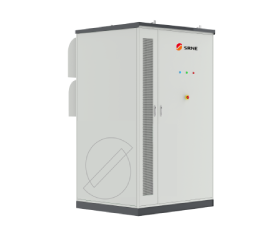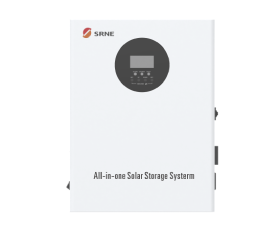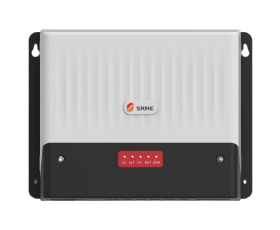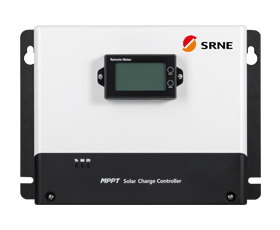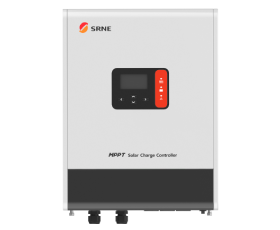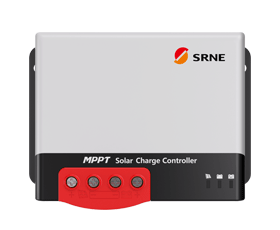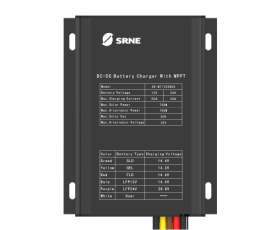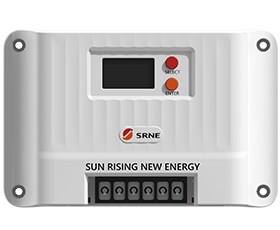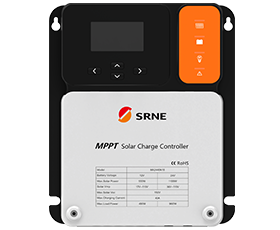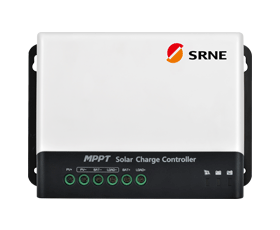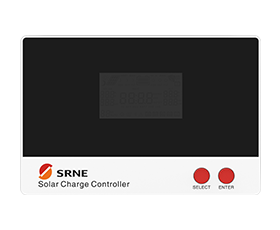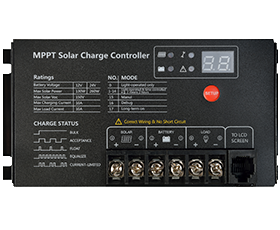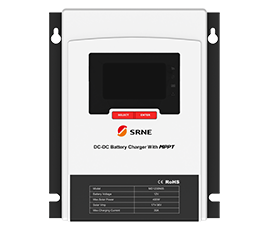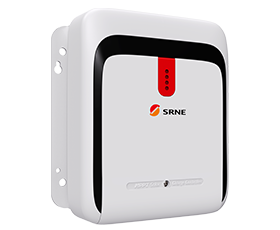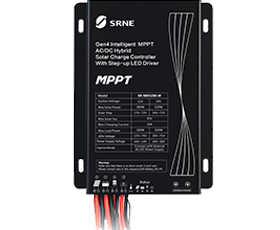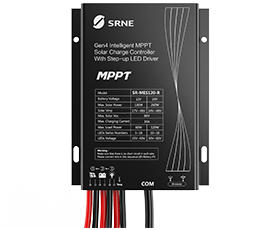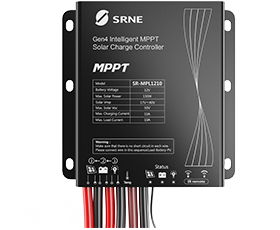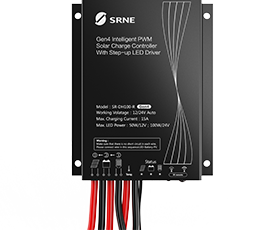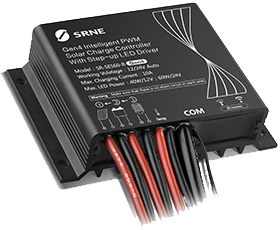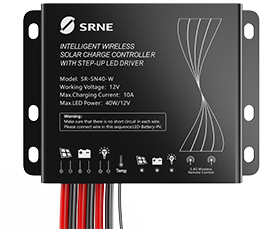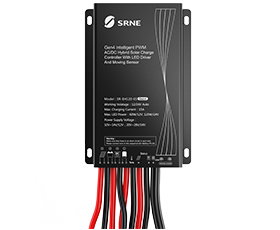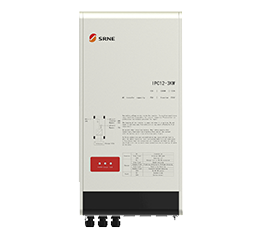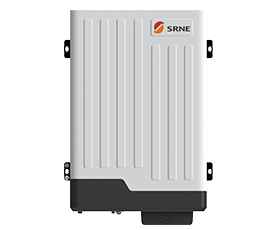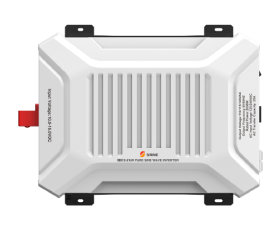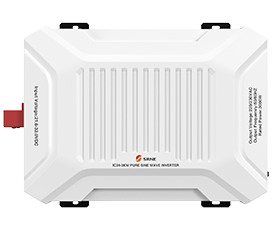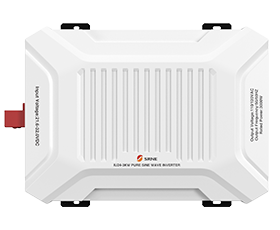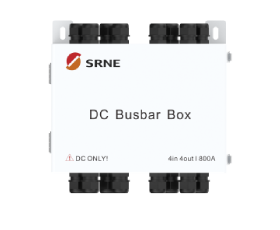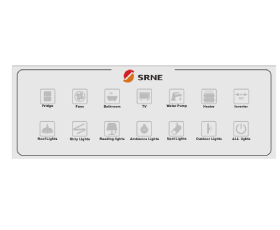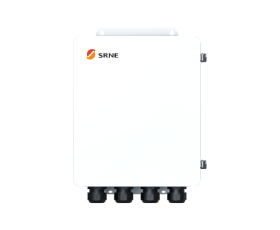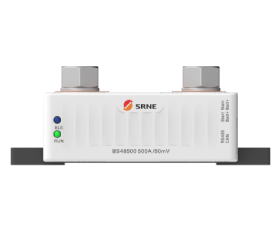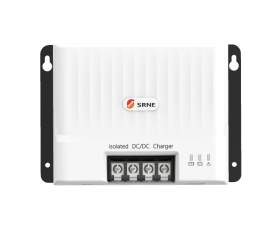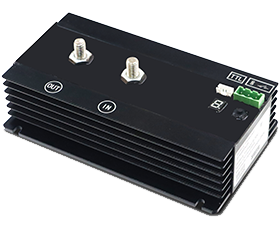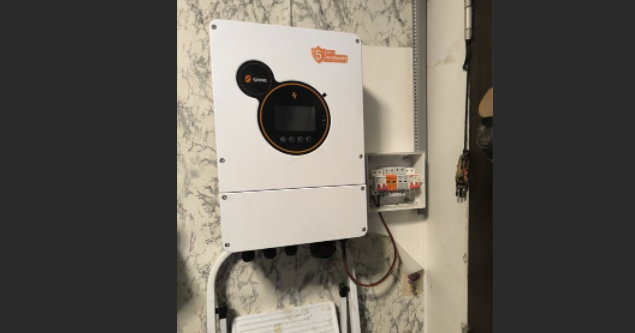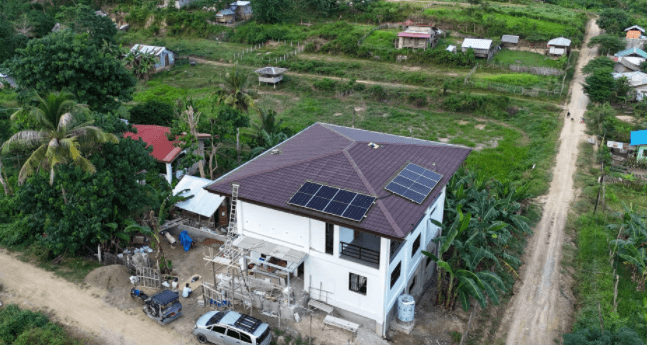Why Is an Off-Grid Inverter More Expensive Than an On-Grid Inverter
Solar inverters are the backbone of any photovoltaic system, converting direct current (DC) from solar panels into alternating current (AC) that powers homes and businesses. While both on-grid and off-grid inverters serve this core function, their design, role, and costs differ significantly. A common question for solar buyers is: why are off-grid inverters noticeably more expensive than their grid-tied counterparts?
This article explores the key reasons behind the cost difference—from system complexity and battery storage requirements to overload capacity, market scale, and installation demands—so you can better understand which inverter type is the right choice for your energy needs.
Off-Grid Inverter vs On-Grid Inverter: Structural Complexity
On-Grid — Simple Two-Stage Design
On-grid inverters are designed with simplicity and cost-efficiency in mind. They usually follow a two-step process: first, the DC power from solar panels is boosted to the required voltage, and then it is inverted into grid-compatible AC. Because these inverters are tied directly to the utility grid, they rely on it for frequency and voltage stabilization. This external support reduces the need for complex internal circuitry, resulting in a leaner design. The straightforward structure allows for mass production at lower costs, making on-grid inverters the standard choice in most residential and commercial installations.
Off Grid Inverter— Advanced Four-Stage Design
Off grid inverters, however, must operate as a fully independent power source. Without the grid to provide stability, they take on additional responsibilities such as voltage regulation, frequency control, and battery management. To achieve this, most off-grid models adopt a four-stage design: controller, boost circuit, inverter stage, and isolation system.
This more elaborate setup enables the off grid solar inverter to charge and discharge batteries safely, distribute energy between storage and loads, and deliver consistent AC output under fluctuating conditions. Since all stabilization must be handled internally, off grid inverters require more advanced electronics, protective features, and intelligent monitoring.
The result is an off grid solar inverter that functions like a self-contained power plant rather than just a grid companion. While this independence ensures reliability in areas without stable grid access, it also makes off-grid inverters more complex and therefore more expensive to produce.
Off Grid Solar Inverter and Battery Storage
One of the biggest reasons off grid power inverters carry a higher price tag is their dependence on battery banks. Unlike grid-tied systems, which can lean on the utility grid whenever solar output dips, an off-grid setup has no external backup. Every extra kilowatt of energy must be stored locally, and batteries become the only line of defense during the night, cloudy days, or power shortages. This makes them an essential component rather than an optional feature.
However, batteries are not just a one-time purchase. They require regular monitoring, performance balancing, and eventual replacement, which adds a recurring cost throughout the system’s lifespan. By comparison, a grid-tied system avoids these complications. The grid itself works as a virtual reservoir of energy, instantly taking in excess electricity and supplying it back when needed, often under net metering rules. This built-in safety net allows grid-connected systems to remain simpler and far less expensive to maintain.
Off Grid Inverter Overload Capacity
Another factor that pushes costs upward is the need to handle surge currents from heavy appliances. Devices with motors—such as refrigerators, pumps, or compressors—can consume two to three times their rated power when starting up. If the inverter cannot accommodate these spikes, it risks tripping protection circuits or even harming the connected load.
To ensure stable operation, off-grid inverters are engineered with reinforced circuitry, high-grade components, and robust thermal management. This rugged design makes them durable but also more expensive. On the other hand, grid-tied inverters rarely face such stress, since their main role is to pass solar electricity into the utility network rather than directly running variable household loads. This narrower function allows manufacturers to use lighter designs and keep costs lower.
Off Grid Power Inverter Market Volume and Cost
The price difference is not just about engineering—it’s also about market scale. On-grid inverters dominate the solar industry worldwide, particularly in urban and suburban areas with dependable electricity grids. This strong demand enables manufacturers to mass-produce units, spreading development and manufacturing costs across millions of installations and driving down the per-unit price.
Off-grid systems, in contrast, serve a smaller, specialized market: remote farms, cabins, islands, or communities with weak or no grid access. Because the demand is much lower, production runs are smaller, which limits economies of scale. As a result, each off-grid inverter ends up costing more per unit than its grid-tied counterpart.
Off-Grid Inverter Installation & Maintenance
Deploying an off-grid system is generally more complex than setting up a grid-tied one. Beyond the off grid power inverter itself, the system typically requires battery storage, charge controllers, and often a backup generator for reliability. These additional elements translate into longer installation times, higher material costs, and a greater need for technical expertise.
Maintenance is another ongoing challenge. Batteries naturally degrade with use and must be inspected, balanced, and replaced over time—a recurring expense that can equal or even exceed the original investment. In contrast, grid-tied systems are far easier to install and maintain. With fewer moving parts and no heavy reliance on storage, they deliver reliable operation with minimal intervention and at a much lower lifetime cost.
When choosing an off grid power inverter, the decision shouldn’t be based on price alone—you also need to consider after-sales service, warranty, and installation support. SRNE off-grid inverters not only offer competitive pricing but also deliver outstanding value in every aspect. With SRNE, you can count on easy installation, reliable after-sales service, and comprehensive warranty protection. And if you’re not confident about setting it up yourself, our professional team can provide on-site installation, ensuring a worry-free experience from purchase to operation.
Read more:
https://www.srnesolar.com/articledetail/off-grid-inverter-lifespan.html
https://www.srnesolar.com/articledetail/can-off-grid-inverter-work-without-battery.html
https://www.srnesolar.com/articledetail/srne-off-grid-inverter-solutions-in-colombia.html
Conclusion
For users in remote locations or regions with unreliable electricity, the added investment in an off-grid inverter provides something invaluable: true energy independence and reliable power anytime it’s needed. The upfront cost may be higher, but the long-term benefit of autonomy often makes it well worth the expense.




















